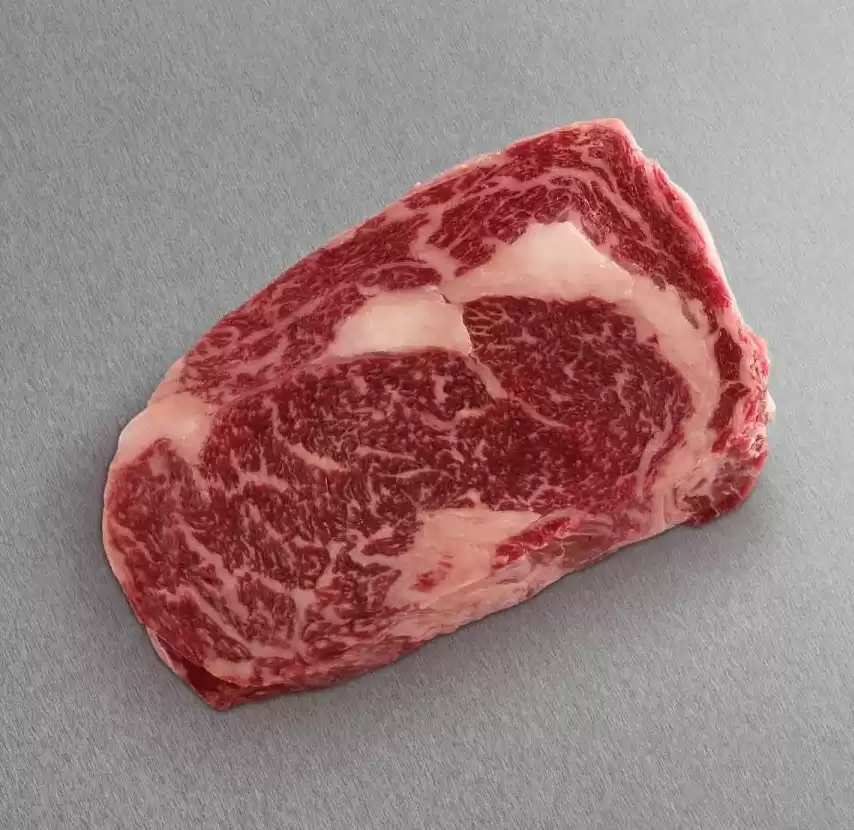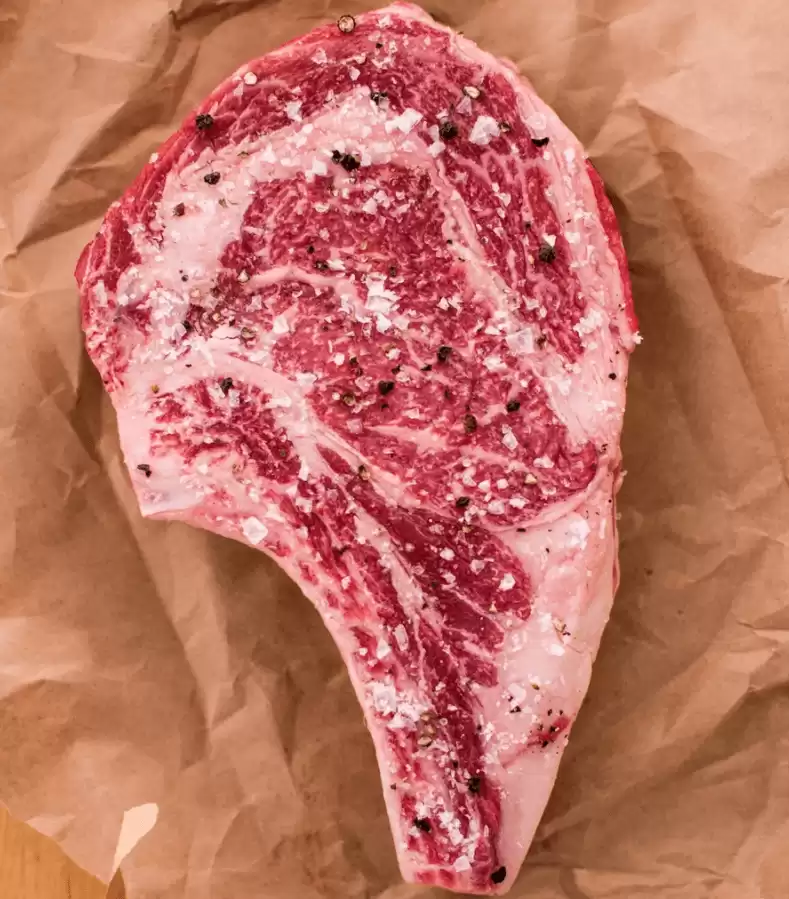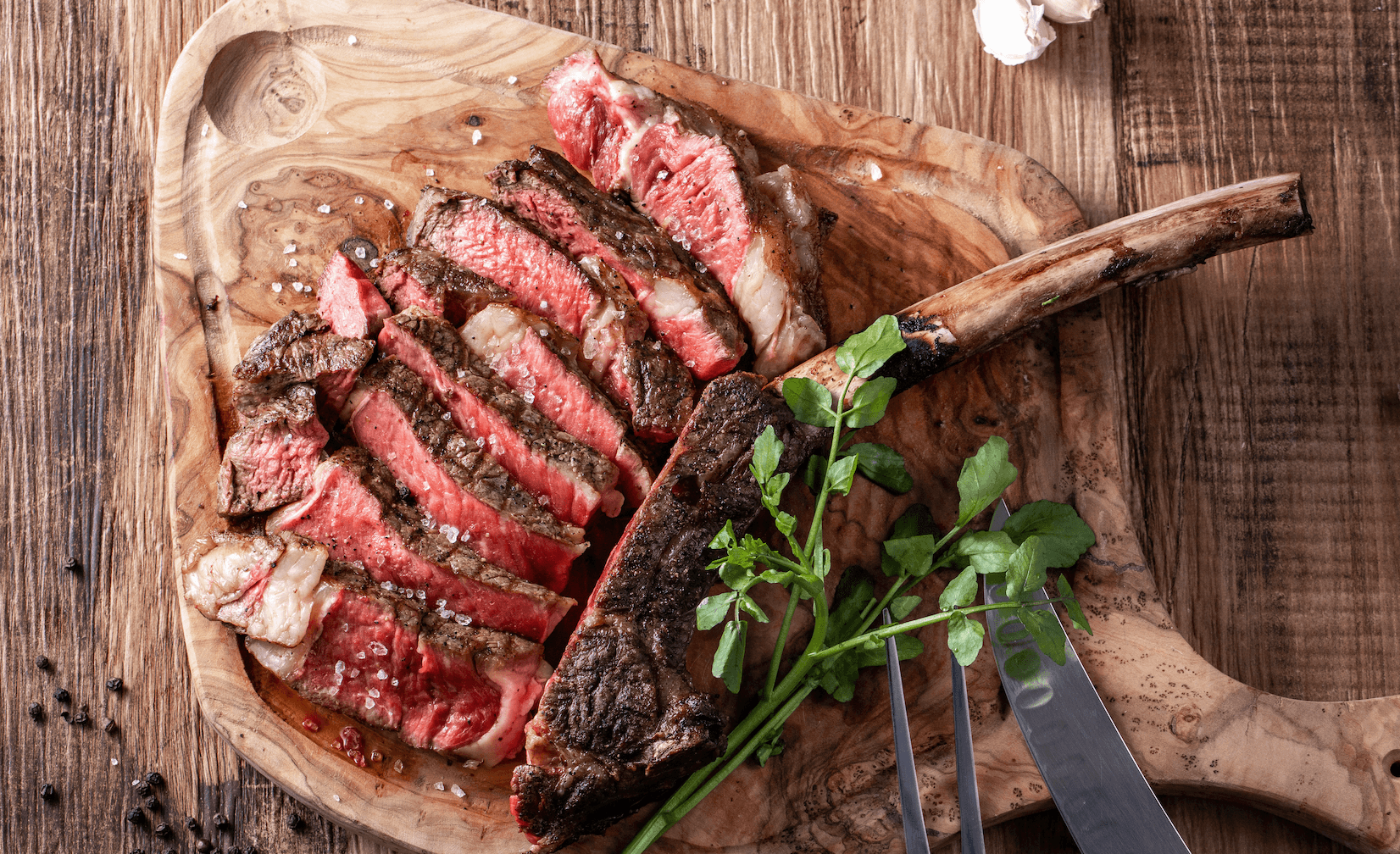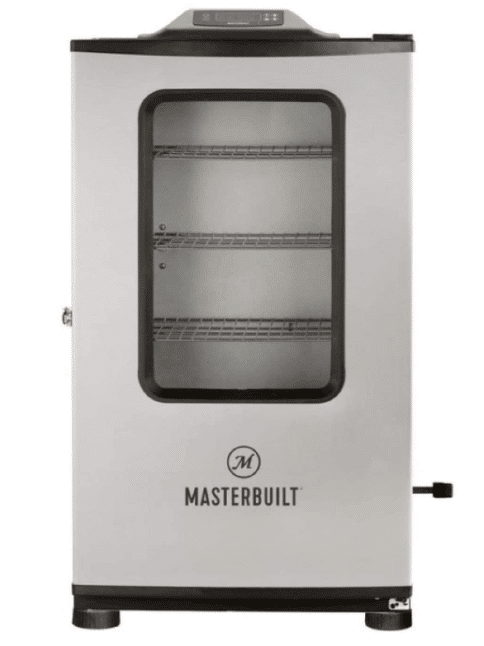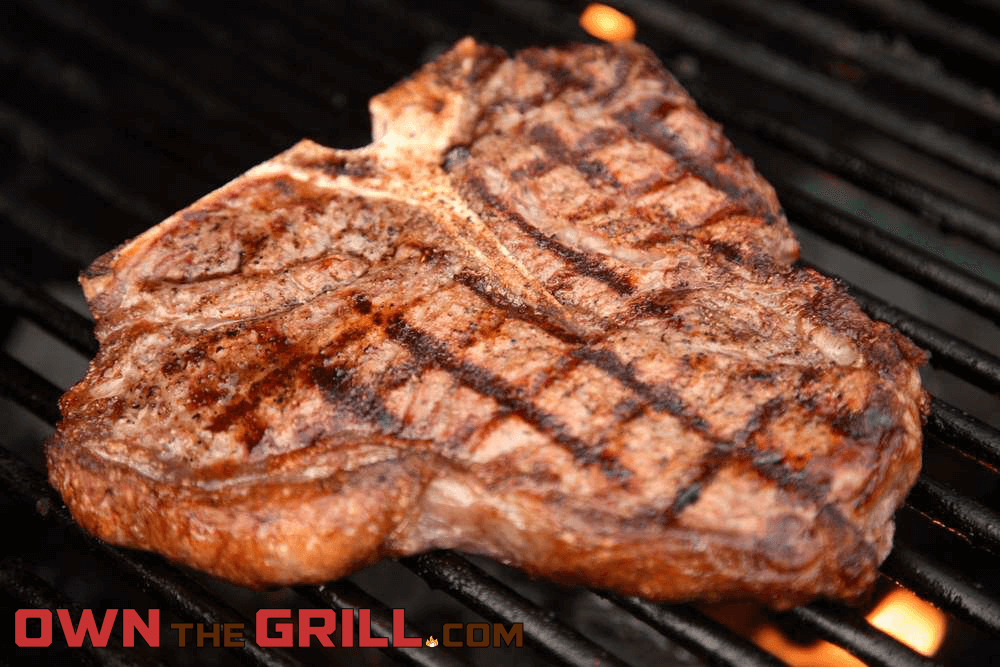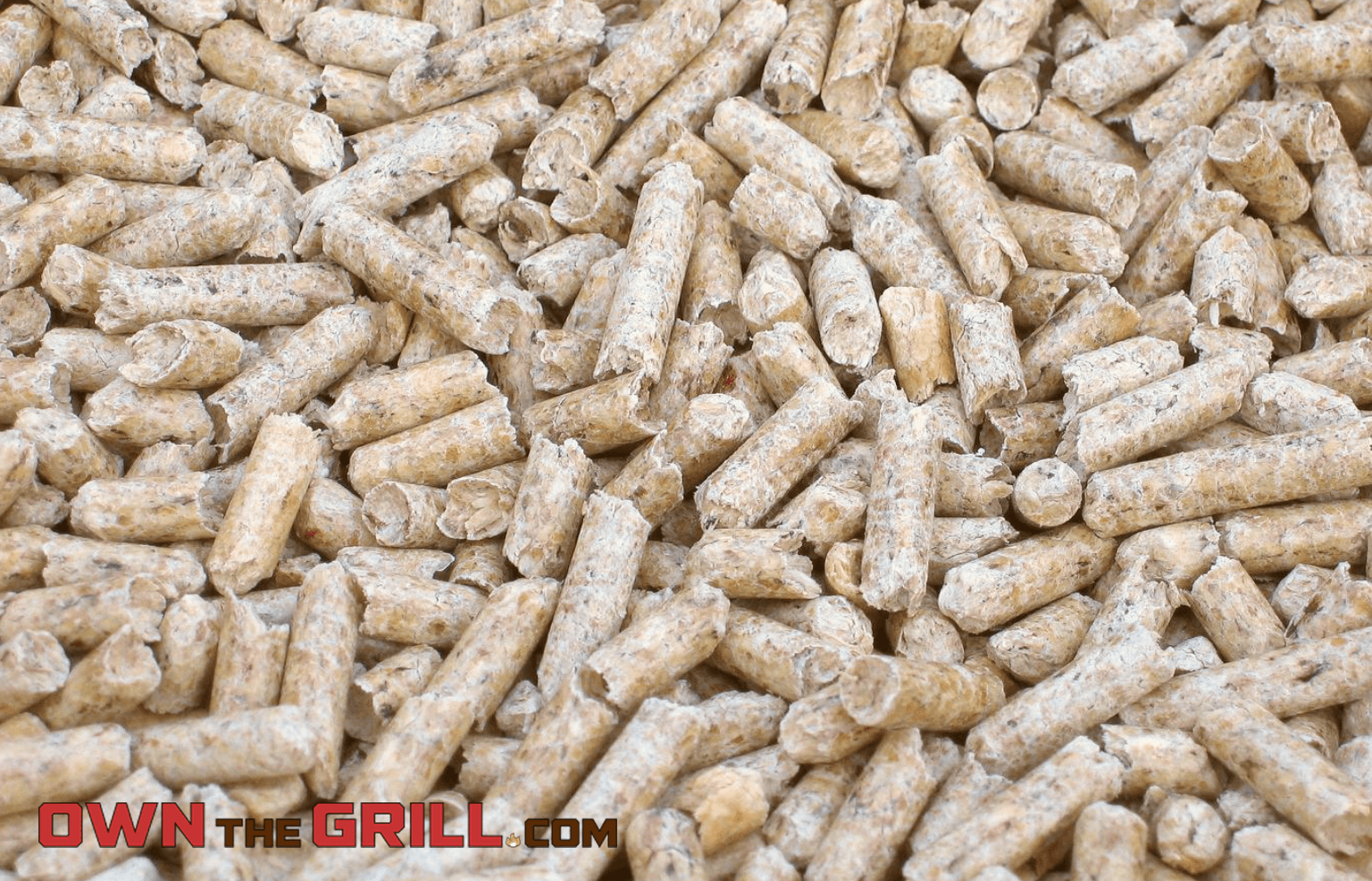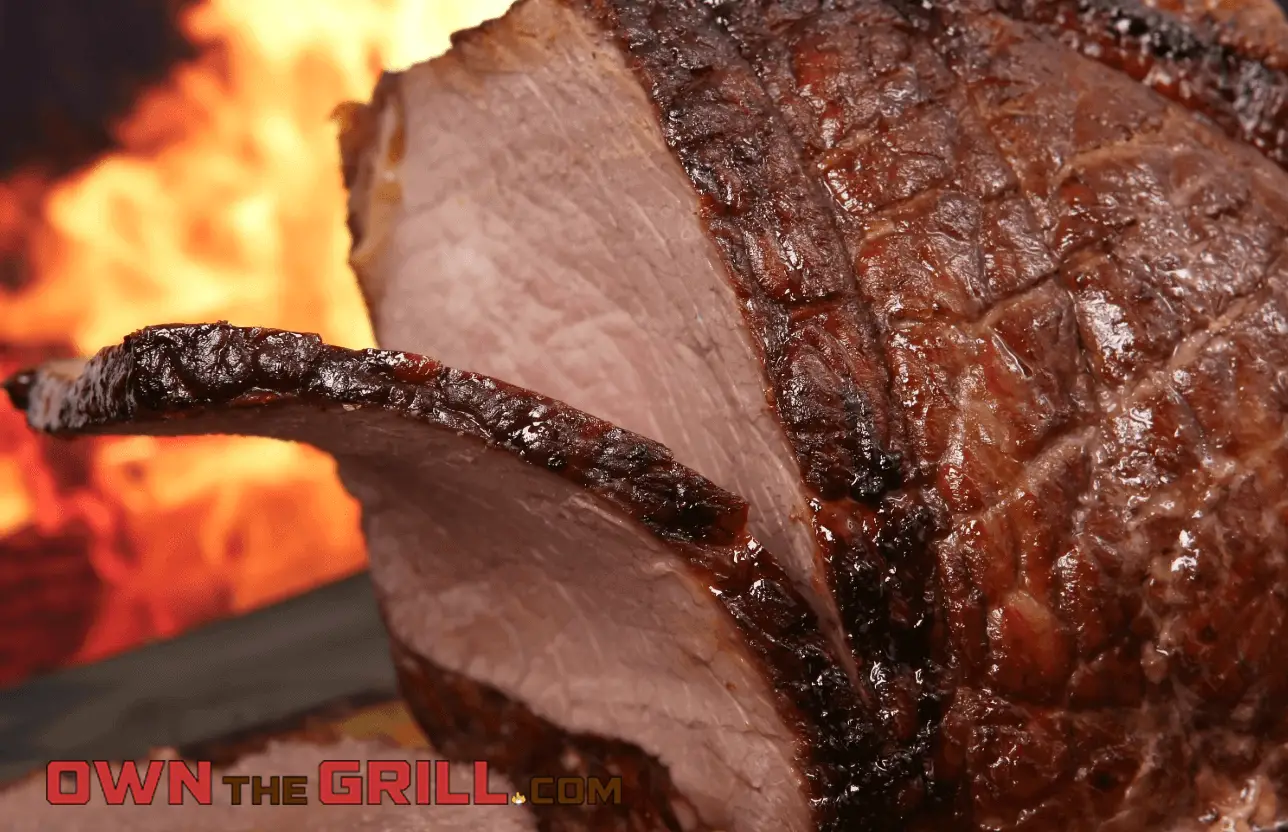This content contains affiliate links. If you make a purchase after clicking a link on this page, we might receive a commission at no cost to you.
When it comes to beef steak cuts, two of the most widely enjoyed are undoubtedly the NY Strip and the Ribeye.
No matter which grocery store, butcher counter, or even steakhouse you could find yourself at – I can almost guarantee that you’ll have access to both of these tasty cuts.
But even though they’re both popular and in many ways similar, there are definitely a few differences between NY Strip vs Ribeye steak cuts.
In this article, we’ve created a complete guide to NY Strip vs Ribeye steaks. By the end, you’ll be able to tell the two apart and know all of the similarities and differences – that way you can make the best choice next time you’ve got to decide between the two for a steak dinner.
NY Strip vs Ribeye – Overview
Before we dive into each cut, one similarity worth noting right from the get go is that both NY Strip and Ribeye steaks come from steers and cows. Specifically, they come from a muscle pair known as the longissimus dorsi.
The longissimus dorsi are a couple of long muscles that run all the way from the neck of the steer down to its hip. The muscles run on either side of the animal’s spine, just outside of the ribs, and are one of the least stressed muscles in the steer’s body.
Because the longissimus dorsi rarely gets used or worked, it remains incredibly tender and a prime candidate for steak, unlike tough, hard working muscles like brisket that have to be cooked on low temperatures for incredibly long amounts of time.
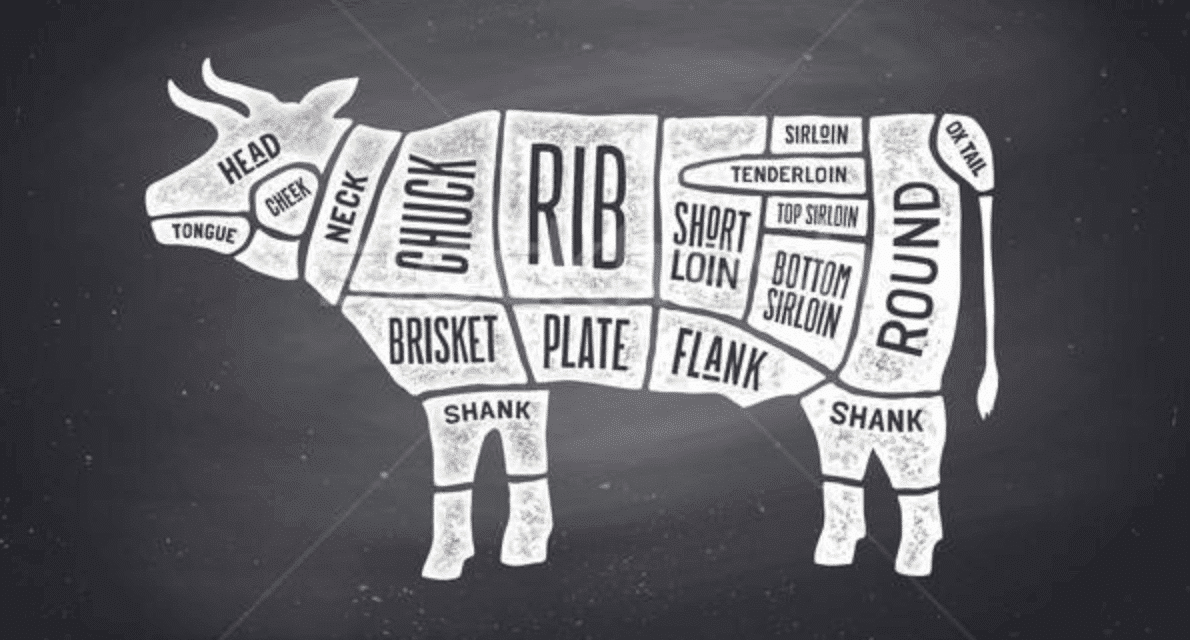
What is NY Strip Steak Where Does It Come From?
NY Strip is a steak cut that derives from the longissimus dorsi muscle near the rear of the animal, specifically from the short loin primal section of the animal. This is the section just behind the ribs.
Visually, it’s a long and thin steak with a section of fat running the length of one of the sides of the beef.
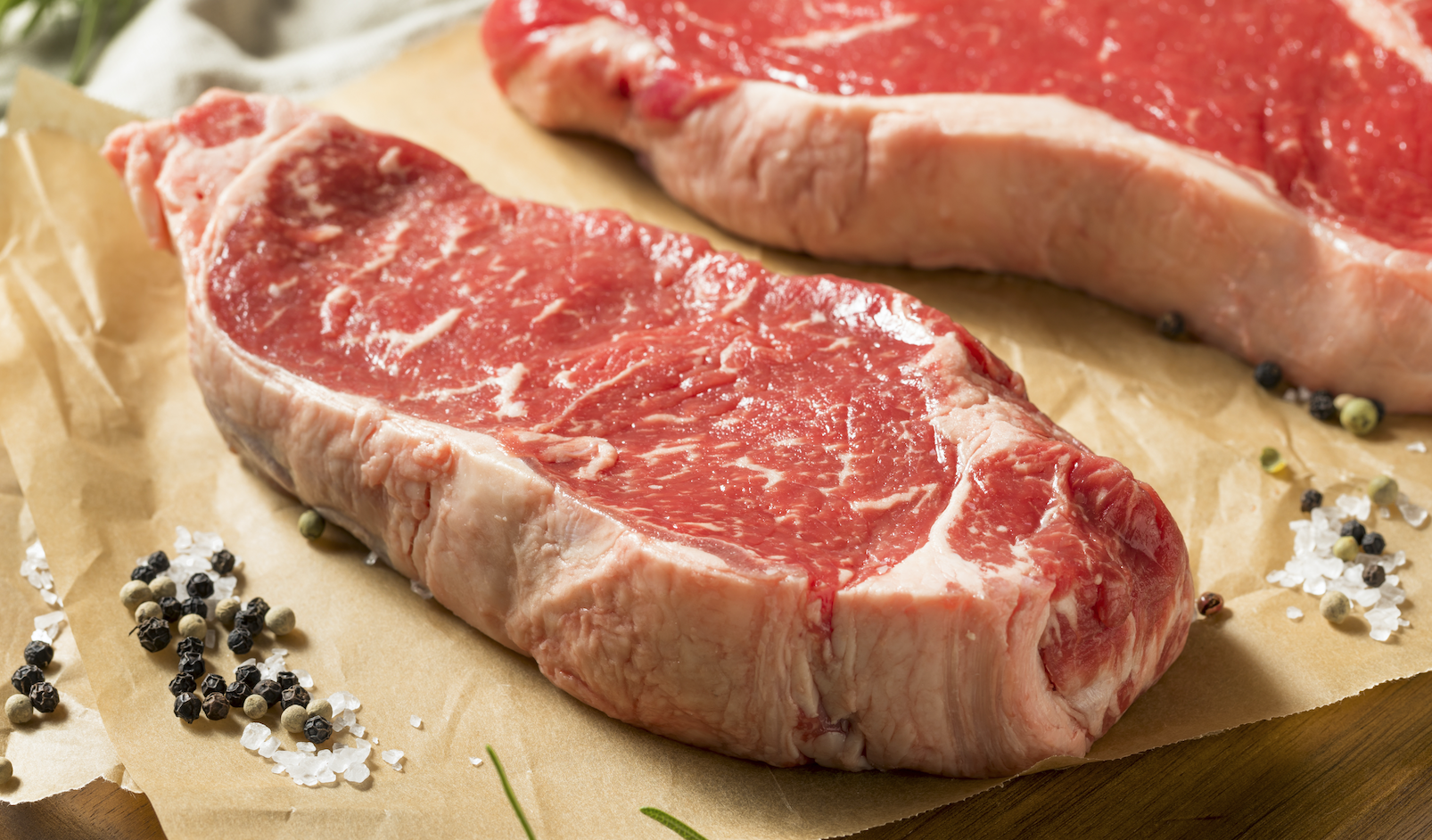
The NY Strip is known for its tenderness and rich, beefy flavor profile. It will commonly feature a generous amount of marbling, however not quite as much as a typical ribeye.
Since a NY Strip cut features relatively less fat marbling than a Ribeye, the strip steaks will often be cut to a thickness of 1 inch or more on the butcher table. Since there’s less fat throughout the interior fibers of the NY Strip, the extra thickness helps to keep the beef from drying out when it’s on the grill.
Fun fact about NY Strips: they’re actually a sub section of a Porterhouse steak cut, which includes a filet on one side and a NY Strip on the other – separated by a bone in the middle.
Other Names for NY Strip
NY Strip steaks may be referred to by a few other names depending on where you find yourself. This cut is also called:
- Kansas City steak
- Kansas City strip steak
- Contré filet (literally translates to “against filet” in French – remember this steak is opposite the filet in a Porterhouse)
- Strip loin steak
- Hotel steak
- Ambassador steak
- Club sirloin steak
Best Way to Cook NY Strip
The great thing about NY Strip steaks is that they are very easy to cook, and pretty hard to mess up. It’s a clean, tidy cut of beef and the lower fat content means fewer opportunities for flare ups on your grill.
So in that regard, it’s a great cut if you’re just getting started on your grilling journey. But that’s not to say this cut isn’t a fantastic choice for the seasoned grill master too.
There are two methods for cooking NY Strip that we recommend – although conceptually the idea for each is the same. Sear the steak on high heat for a few minutes per side to develop a nice outer crust, then finish it off on a lower temperature to cook the inside to your desired doneness.
On the Grill
Set up your grill with two temperature zones – one side scorching hot (around 425-450°F) for searing, and the other side around 325°F for finishing the steak off. If your grill has an elevated warming rack, you can get away with just using that in lieu of two temperature zone.
Sear your NY Strip over high heat for about 4 minutes per side, or until clear grill marks develop. I like to turn my steak 90° about halfway through each side (so after 2 minutes) to create a square shaped grill mark pattern on my beef.
After the sear is done, move your steak to the cooler side of the grill or upper warming rack. Let it slow cook for about 5 to 8 more minutes, or until it reaches your desired doneness. The best way to know for sure is to measure your steak’s internal temperature with a probe meat thermometer.
- For medium rare, remove your beef from the grill once it reaches an internal temperature of 125°F
- For medium, remove your beef from the grill once it reaches an internal temperature of 135°F
- For medium well, remove your beef from the grill once it reaches an internal temperature of 145°F
- For well done, remove your beef from the grill once it reaches an internal temperature of 155°F – but just know if you eat your steak well done I’m questioning our prospects for frendship 😉
After removing from the grill, let your steak rest for about 5-8 minutes then serve it up!
On the Pan
The second common way to cook a NY Strip is on a cast iron pan in tandem with your oven, although you can do it on stainless steel pans too.
Preheat your oven to 325°F and then line your pan with a high smoke point oil like avocado oil. Get your pan piping hot and place your steak on the surface. Sear for about 4 minutes per side for a solid crust on the outside of your steak.
From there, move the steak into the oven for it to slow cook until it reaches your desired internal temperature. Measure using a bluetooth or probe thermometer. Once desired doneness is reached, let your strip rest for a few minutes before serving.
What is Ribeye Steak and Where Does It Come From?
Ribeye steak is also a cut that derives from the longissimus dorsi, although it comes from a section of the muscle that’s more frontward on the steer, in the rib primal section of the animal.
Ribeye is a serious cut of beef that’s well marbled and features a couple of main sections to note. First is the “eye” of the ribeye, which is the main section of beef that you probably associate when you think of a ribeye. The eye of a ribeye is the center of the cut and is typically very well marbled and full of flavor.
The “cap” of the ribeye is a second section of beef that sits on the opposite side of the eye from a section of fat that bisects the two sections. Texture wise, the cap has a looser grain structure and even more fat marbling than the eye, so some of the most flavorful, to die for steak comes from the cap section of a ribeye.
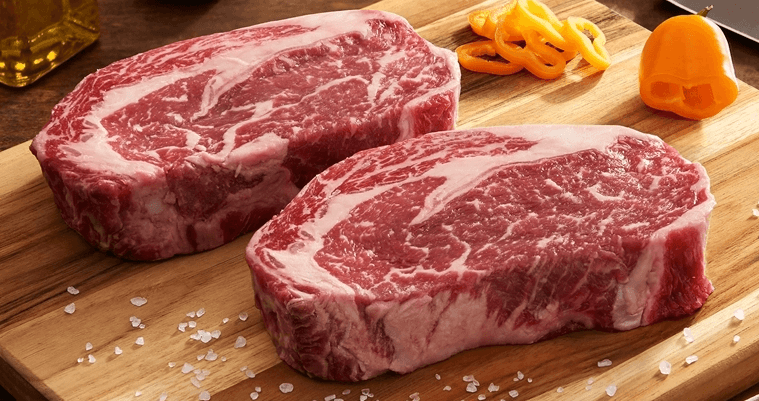
Because of the higher fat content, ribeyes are known for being spectacularly flavorful and tender cuts of steak. When it’s prepared the right way, it will smack you in the face with flavor yet be melt in your mouth tender.
Ribeye steaks are commonly sold as both bone in and bone out cuts. If you want to go even deeper into Ribeyes, check out our resource on the topic of Prime Rib vs Ribeye next.
Other Names for Ribeye
You might also hear ribeye referred to as:
- Beauty steak
- Market steak
- Delmonico steak
- Spencer steak
- Scotch filet
Best Way to Cook Ribeye
The way you prepare ribeye is for the most part similar to preparing a NY Strip, although I would say that it’s incredibly important for you to set up two temperature zones if you’re preparing ribeye on the grill.
This is because the extra fat content in ribeye will likely drip onto your burners or charcoal fire and lead to flare ups. For safety reasons, you’ll want to be able to move the steak to a cooler section of grill if the flare ups start to get out of hand.
Both of the methods we outlined above for cooking NY Strip also work great for Ribeye. You can prepare it fantastically both on the grill or by utilizing a cast iron pan alongside your oven. If you’re worried about flare ups, the pan fry method is a fantastic alternative for Ribeye.
When you measure internal temperature for your Ribeye to see if it’s done, make sure to insert the probe into the thickest section of the loin.
If your Ribeye is bone in, try to measure a section of loin closer to the bone. The reason being, the bone takes longer to heat up than the rest of your steak will, so when your steak comes off the grill the meat might be as much as 5°F to 10°F cooler than the rest of the steak. By measuring closer to the bone, you ensure that the entire steak is cooked through.
NY Strip vs Ribeye – Similarities
Now that we’ve gone over the details of both of these cuts, let’s recap the similarities between NY Strip vs Ribeye.
- Both NY Strip and Ribeye come from the longissimus dorsi muscle of a steer, which is a long and tender muscle that is ideal for steak cuts.
- Relative to most beef cuts, both NY Strip and Ribeye are incredibly tender and full of flavor.
- On a price per pound basis, both of these cuts cost about the same. In many regions of the country, Ribeye might be slightly more expensive – but the difference is marginal at best.
- Both of these beef cuts are best prepared by searing the outside for a crust formation in tandem with slow cooking to bring the interior beef to temperature.
- Both Ribeye and NY Strip are extremely popular and widely available. You can almost certainly find them at your local grocer, butcher shop, or steakhouse.
NY Strip vs Ribeye – Differences
While these cuts are definitely similar, they are not one in the same. Here are the differences between NY Strip vs Ribeye steaks:
- Ribeye is more tender and generally considered to be a slightly better tasting, more flavorful cut of beef. NY Strip on the other hand is slightly leaner but still with rich flavor – which makes it ideal if you’re trying to cut some fat out of your diet.
- Ribeye is more likely to cause grill flare ups due to rendering fat and drippings falling into your grill flames while it cooks.
- While both cuts come from the longissimus dorsi muscle of a steer, the Ribeye comes from the rib primal and the NY Strip comes from the short loin primal section of the animal.
- NY Strip steaks are typically cut thicker than ribeyes are, in part due to compensate for the lower fat marbling content.
Where to Find Ribeye and NY Strip
You can obviously find these cuts at your local grocer or butcher stores, but there are a couple of online outlets that are very much worth your consideration too.
If you really want to make a splash at your next dinner, check out Snake River Farms. They’re one of the foremost American Wagyu ranchers, and their steaks are nothing short of legendary. Don’t be surprised if you come across their name at some of the USA’s most prestigious steakhouses.
Snake River Farms' top of the line ribeye steak is hand cut to 1.5" thick.
Porter Road is a fantastic alternative that’s more cost friendly – but don’t let the cheaper price fool you, their stuff is still top notch. They are a sustainable beef rancher with a great reputation for delivering quality beef.
Frequently Asked Questions
Which is More Expensive, Ribeye or New York Strip?
Rib eye and New York strip steaks are both very similar in price. That being said, when you look at them pound for pound, one comes out on top. Rib eye steak is slightly more expensive per pound than a New York strip (also known as sirloin) steak.
Per pound of Rib Eye steak, you can expect it to cost anywhere between $10 and $16. This is for USDA approved steak. If you want organic or grass fed steak then it will be even more expensive per pound of meat.
This is in comparison to New York strip steak which costs around $9 to $15 per pound. Again, this is for USDA approved steak only. If you want your New York strip to be certified organic or grass fed, then it is likely that you will need to pay more.
As you can see, the price difference is relatively minor, with the ranges being very similar. The difference is that, on average, New York strip can start at around $1 less than Rib Eye steak.
What is the Most Flavorful Steak?
Rib Eye steak is often thought of as being the most flavorful of steaks. This is because of the marbling of fat that goes right through it. This rich marbling is what gives it its flavor, and it is a highly sought after cut of steak in countries around the world.
That being said, it is important to note that for many people it will come down to their personal preference.
Some people may find that Rib Eye steak is not the flavor they want, and so they may prefer the flavor of New York strip, rump, or fillet steak.
It may also depend on how the steak is cooked.for example, an overcooked Rib Eye may not be as flavorful as a different cut of steak that has been perfectly cooked.
Which Steak is the Most Tender?
As the name might suggest, the most tender steak is thought by many to be the tenderloin cut. This is also known as the fillet or filet mignon. This steak is often compared to butter, in the sense that it cuts so easily when it is cooked perfectly.
Of course, the importance is on how it is cooked, as it should be noted that steak gets tougher when it is overcooked or cooked on a high heat too quickly. So, with this in mind, you may find that a different cut of steak is more tender than an overcooked tenderloin.
In general, you can expect a perfectly cooked tenderloin steak to be the most tender cut of all. Just make sure you perfect your steak cooking methods.
Final Thoughts
If you are stuck between NY Strip vs Ribeye, the good news is that you can’t really go wrong. Both of these beef steak cuts are incredibly tasty and will leave happy appetites in their wake.
While both are great and they do share some similarities, they are definitely not interchangeable steaks.
If you’re looking for a leaner, less tender cut that still brings the flavor, you can’t go wrong with a NY Strip. On the other hand, if you love a burst of beefy flavor and prefer incredibly tender bites, Ribeye could be your best friend.
Which do you prefer between NY Strip vs Ribeye? What’s your favorite way to prepare them? We’d love to hear from you in the comments section below!


